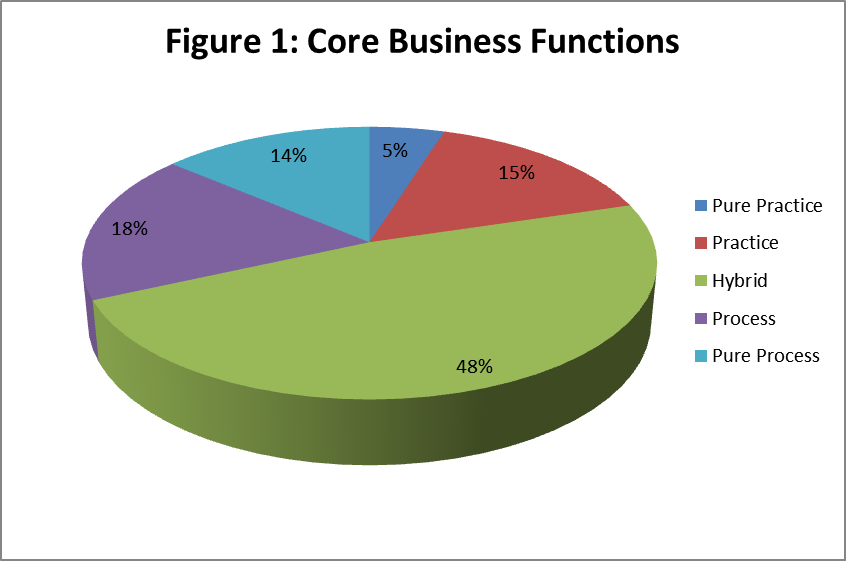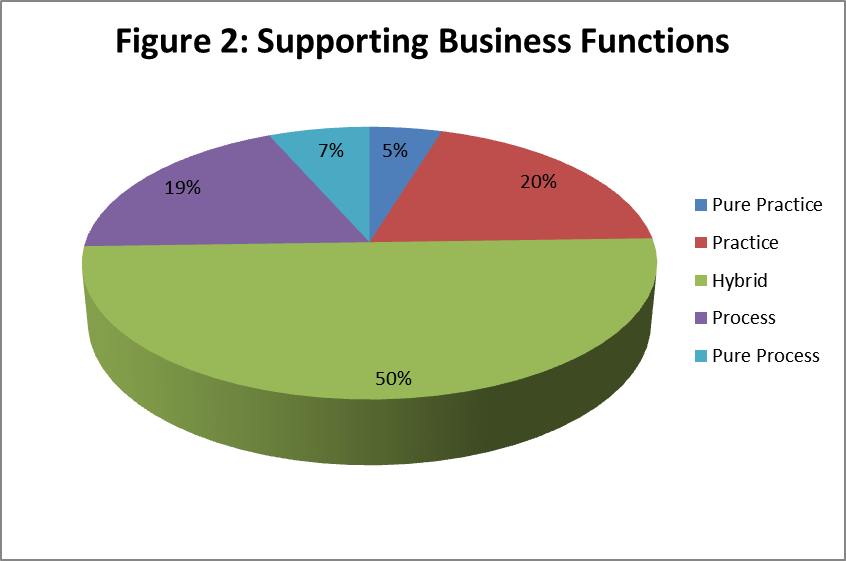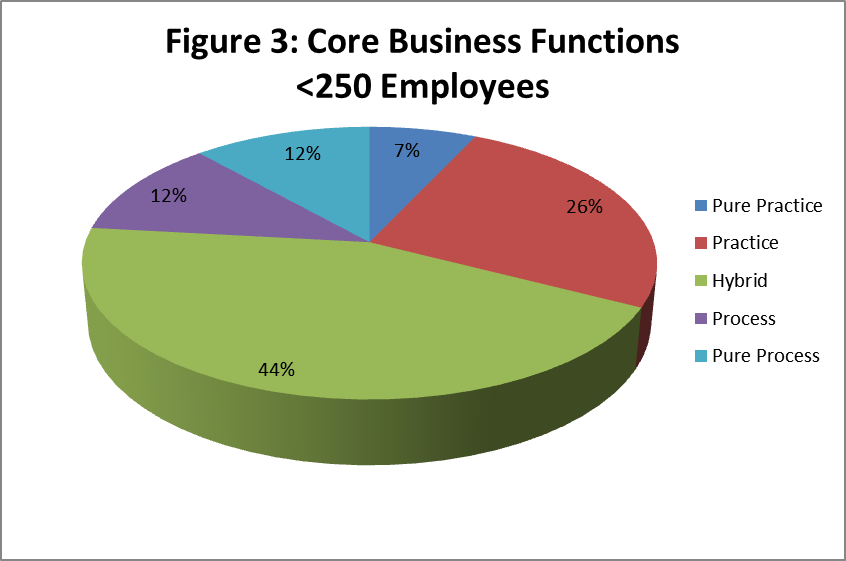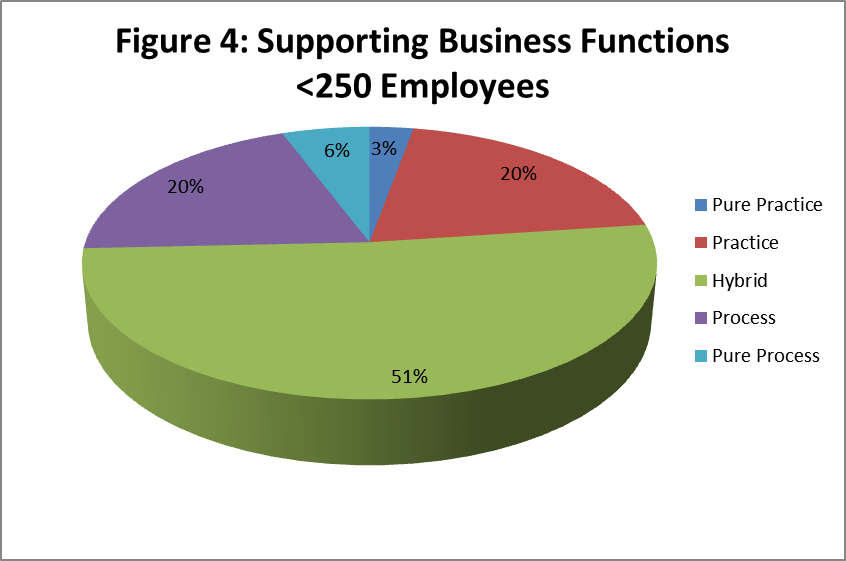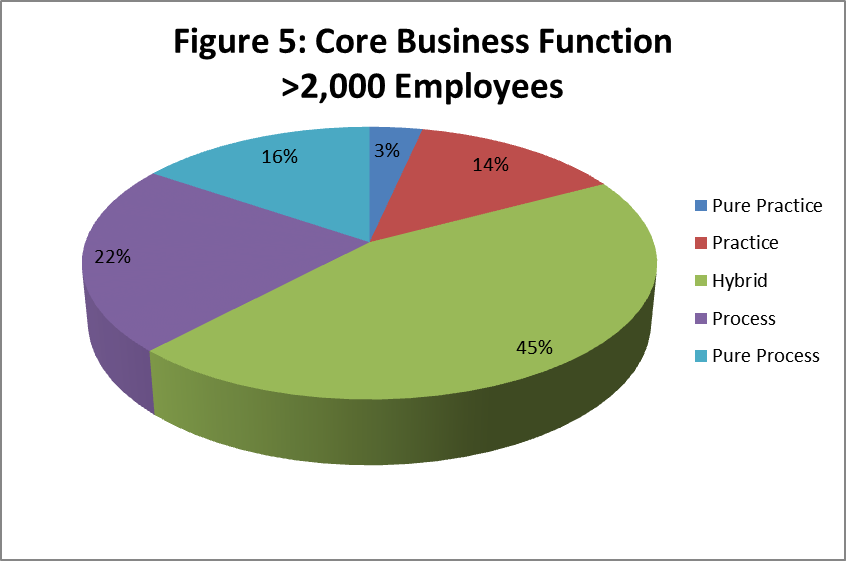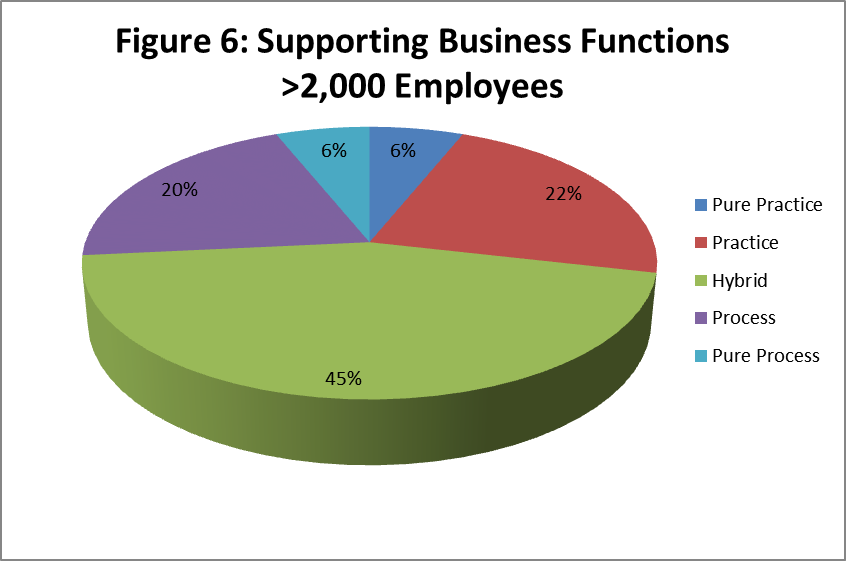Back in the 1980s, MacGyver was the guy who could build a weapons-grade laser out of duct tape, wire ripped out of a wall, a burnt-out light bulb, and ingenuity.
He was a pop culture anomaly … a hero, one of whose defining characteristic was that he was smart. Not smart in the I’ll-show-those-so-called-experts-a-thing-or-three sense, but in the knows-a-lot-of-science-and-engineering sense.
His other two defining characteristics were more mainstream. He had (of course!) little use for authority. And, there was the duct-tape factor.
MacGyver was to improvisation as Google now is to search: A name turned verb. In some entrepreneurships, those who MacGyver are stars. In others, those in which only the entrepreneur is allowed to … what’s the word? … think, they last maybe a minute and a half.
And in companies that have grown to a size and level of complexity where management matters, MacGyvering just isn’t how we do things around here, even though company leaders often agonize over their organization’s inability to innovate.
But aren’t these really the same thing?
Short answer: No, they’re not.
Long answer: Improvised solutions leave a lot out, they’ll miss a lot, and they’re flimsy. They’re done when they’re good enough to handle what’s going on right now, not when they’re a perfect fit and durable enough to last.
They’re quick, cheap, and disposable.
Compare that with innovation — both the relatively easy innovation that creates new products, and the harder kind that’s needed to improve how an organization does its work.
(If you disagree that internal improvement is the greater challenge: When you innovate how work gets done, you aren’t finished when you’ve built the tangible work product. Your job isn’t done until you’ve overcome the various organizational barriers that so often prevent even the best process and practice improvements from being put into productive use.)
Unlike improvisation, innovation has to be thorough as well as new and different, because when you’re changing how a department does its work, quick, cheap and disposable isn’t acceptable.
In the world of software development, we have lots of experience with improvisation. We call it prototyping. Like any other improvised solution, a software prototype only has to be good enough to be helpful getting actual work done right now. More important, unless you’re dealing with a temporary situation, prototypes should be useful for understanding what the “real” solution should look like, once you’re ready to build it.
We also have a lot of experience with innovation. That’s what we do when we design and build production applications, whether we use old-fashioned waterfall methodologies or one of the increasingly popular Agile alternatives.
Because while Agile development is often confused with prototyping, it’s fundamentally different. It’s just as much about building strong, durable, well-engineered, long-lasting solutions as waterfall, even if Agile builds them incrementally or “spirally” rather than from static, predefined specifications.
So just as IT can adopt Agile without also embracing prototyping, there’s no inconsistency between encouraging innovation and discouraging improvisation elsewhere, either.
At least, there’s no inconsistency from the perspective of how an organization’s leaders want change to happen.
Culturally, inviting innovation while excluding improvisation is a dicier proposition. Because while they aren’t identical — innovation requires more discipline, while improvisation calls for a greater sense of urgency — they share something vital — that “this is how we do things around here” is a good reason to do something different.
So while it’s easy to encourage improvisation without being overly concerned about innovation … entrepreneurships do this all the time … encouraging innovation while keeping improvisation to a minimum probably isn’t in the cards.
And an opinion: Organizations that want to innovate will be more successful applying a combination of improvisation — creating quick-and-dirty prototypes — and Agile-like incremental change that builds on itself, than by taking the waterfallish approach of trying to create a perfect design before implementing anything.
That’s because the whole point of innovation, just as it is for improvisation, is to do something different than anything you’ve done before.
The word for people who think they can do this all at once is “arrogant.” Because while the word is typically used to describe people who think they have nothing to learn from anyone else, it’s also a reasonable description of people who think they have nothing to learn from their future selves — who they’ll be when they’re better-informed than they are right now.

